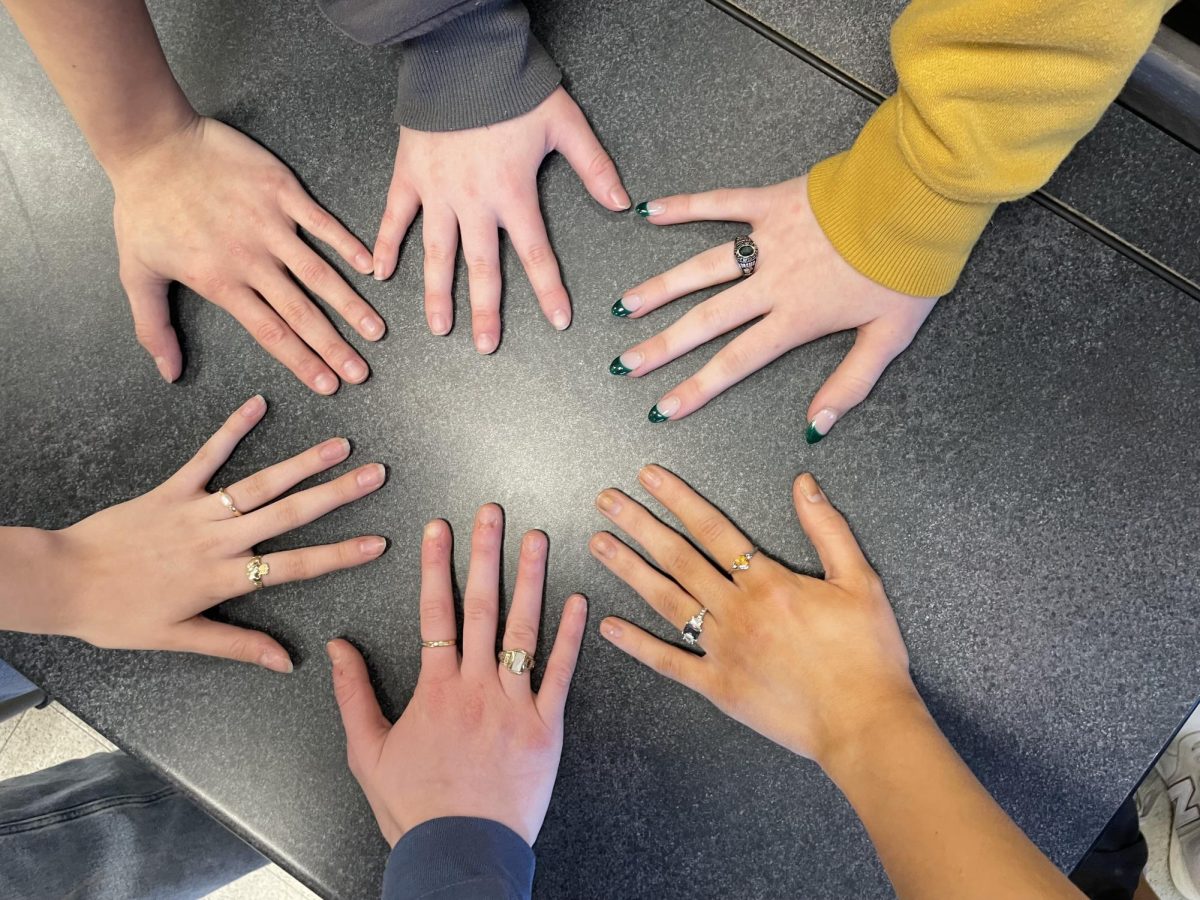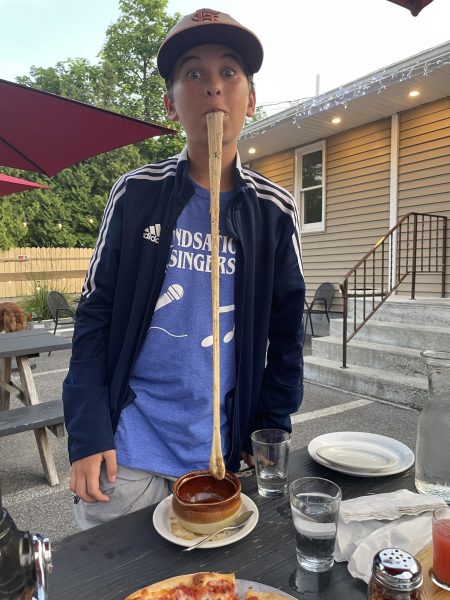During the winter months, many people may experience tiredness, oversleeping, low energy levels, difficulty concentrating and appetite changes. While many people disregard these symptoms, they all point toward a more serious mental health issue: Seasonal Affective Disorder.
“In the colder months, there is less daylight, which can lead to lack of motivation, lack of energy and lack of sleep because we don’t wear our bodies out as much as we do when we are spending time outside being active,” guidance counselor Kathryn Shymanski said. “It impacts our energy as well as our mood and irritability when we interact with others.
Also known as SAD, this condition affects many people during the dark, cold months of winter. Some people combat the affliction with self-care such as meditation and exercise. However, one commonly seen approach at OHS is self-tanner.
“I self-tan because when I’m pale, I just feel pretty terrible and being tan reminds me of summer,” Lily Bolin (11) said. “During the winter, I’m always tired and it’s too cold. But during the summer, I have no school, so I have nothing to worry about and I’m just happier.”
In contrast, some students use self-tanner for additional reasons other than reminding them of summer.
“I use self-tan for myself, but I also use it for dance,” Payton Miller (10) said. “On stage for dance, there’s a lot of bright lights and it washes you out. So for competitions, we all have to tan so that we don’t get washed out onstage and you can see our lines.”
Many students feel it’s important to keep a positive body-image year-round, and self-tanner isn’t the only way to maintain that.
“Whether it be self-tanner, makeup or a certain sweatshirt, if it’s something you can take a look in the mirror with and say, ‘I like the way this looks on me,’ that’s going to positively impact your body image and self-esteem and confidence,” Shymanski said.
While adapting to seasonal changes can be difficult, it is a necessary step to keeping a positive mindset year-round.
“I would recommend keeping a healthy routine and trying to have a growth mindset. Understand that you might not be able to spend time outside or do things that I typically like to do when there are longer days with more sunshine,” Shymanski said. “Making sure to exercise, eat healthy and keep good sleep habits helps us feel better when everything around us is telling us to go back to bed.”
Because SAD is so common during the winter, it can be difficult to differentiate between it and more serious mental health issues. But the importance of understanding the difference can be crucial.
“If it’s a consistent thing where you’re not just feeling a little more fatigued or quiet but it persists for weeks and you don’t want to get out of bed, don’t want to do anything, have little motivation, not doing things you used to enjoy or having thoughts of hurting yourself, it’s pretty severe and you definitely want to seek help,” Shymanski said. “Talk to a trusted adult ,whether that be a counselor or parent or teacher. Just telling them how you’re feeling and asking if it’s something that you should see a counselor about. Don’t be afraid to seek a counselor or therapist if it becomes severe.”







